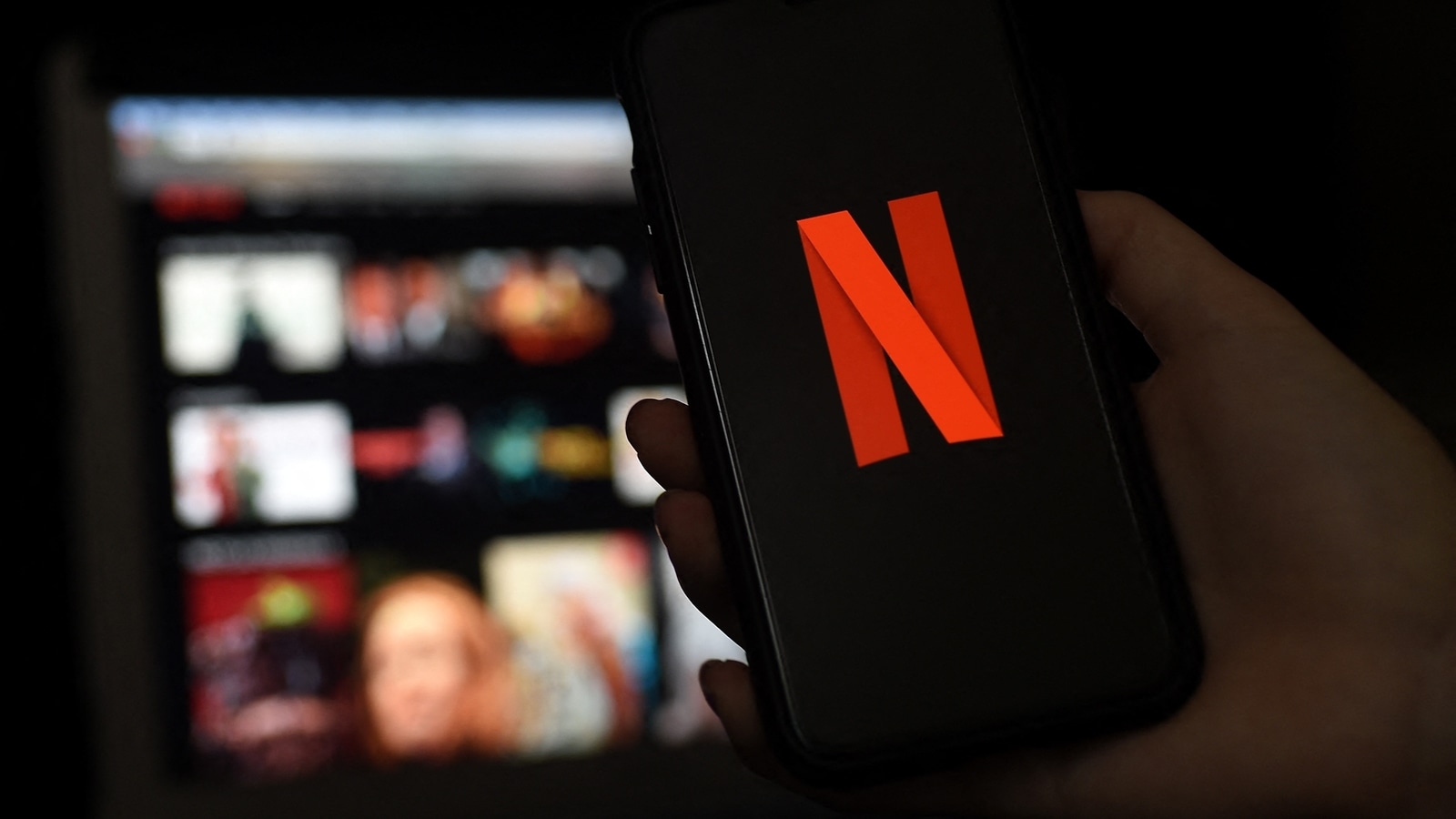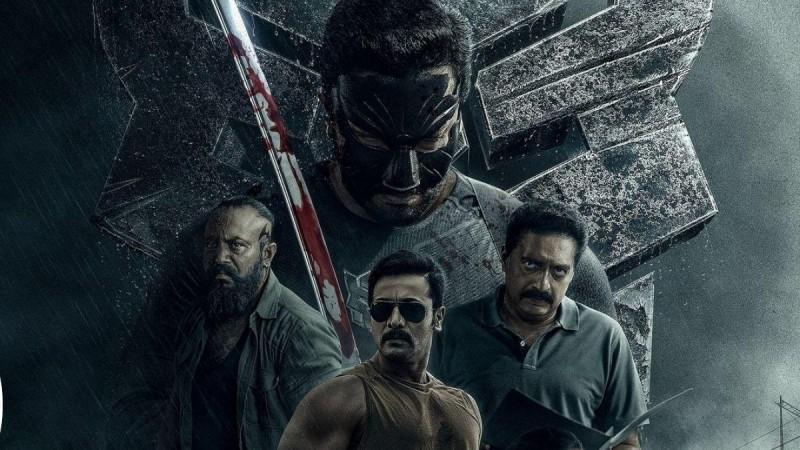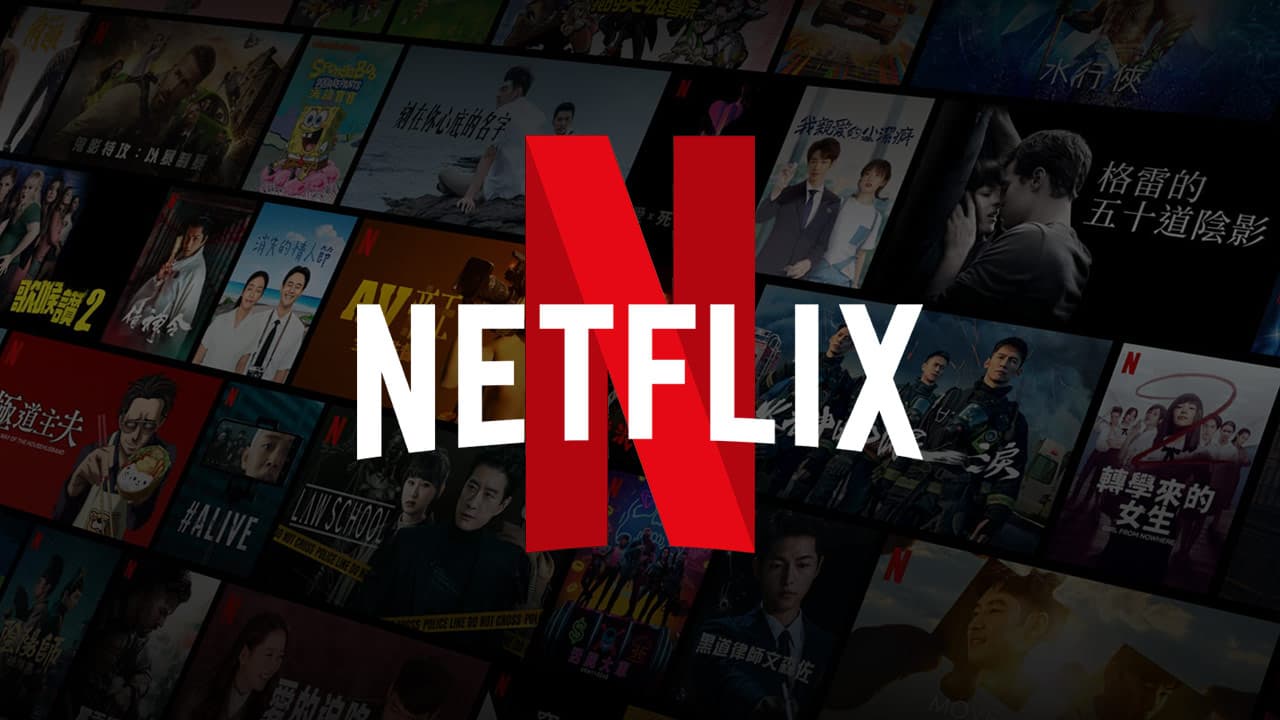Netflix India is finding itself at the centre of a growing debate among Kannada-speaking audiences, who feel the platform has consistently failed to cater to their language preferences. While streaming services like JioHotstar, Prime Video, and even SonyLIV have made a conscious effort to add Kannada dubs for major Tamil, Telugu, and Malayalam releases, Netflix’s catalogue still offers very limited options in this space.

For a state like Karnataka, which has a vibrant cinema culture and a deeply loyal audience base, this lack of language support is not just a minor issue it is a missed opportunity in one of the fastest-growing OTT markets in India. Kannada viewers have repeatedly shown strong interest in watching films and series in their mother tongue, particularly when it comes to big-budget action spectacles, political dramas, and emotionally charged family stories. By ignoring this demand, Netflix risks pushing these audiences towards platforms that value their linguistic identity.
The absence of Kannada dubs becomes even more glaring when competitors have set a clear example of what works. Prime Video, for instance, not only adds Kannada audio tracks to South Indian blockbusters but also does it quickly after release, ensuring the audience feels included. JioHotstar has gone a step further by consistently dubbing both films and series across genres, making their platform more accessible and appealing to regional audiences. These steps have not only widened their reach but also created stronger loyalty among viewers.
For Netflix, which markets itself as a global entertainment hub that “brings stories to everyone,” the gap in Kannada content feels like a contradiction to its own mission. Regional inclusivity is no longer just a nice-to-have feature in India’s OTT landscape it is an essential strategy for growth.

Industry experts have repeatedly pointed out that regional content is one of the biggest driving forces behind subscriber expansion in India, and ignoring a major South Indian language like Kannada could be a costly mistake.
Karnataka’s OTT audience is also highly active on social media, which means dissatisfaction travels fast. Complaints about the lack of Kannada support often gain traction online, further shaping public perception of Netflix as a platform that does not prioritise regional diversity. While this may not immediately affect its global standing, it could significantly impact Netflix’s market share in India, especially as local competitors get better at understanding and serving these specific audience needs.
The solution for Netflix is straightforward but requires commitment increase the number of Kannada dubs for South Indian films, invest in acquiring more Kannada originals, and promote them as prominently as its Hindi and English content. Doing so would not only enhance accessibility but also demonstrate respect for the language and culture of millions of viewers.
As the competition for OTT dominance in India intensifies, it is becoming clear that platforms which embrace regional diversity will enjoy stronger engagement and deeper loyalty. If Netflix wants to keep pace, it cannot afford to let Kannada-speaking audiences feel left out.
Follow Binge Moves on Instagram and Facebook for more entertainment news, OTT insights, and the latest movie recommendations that you will not want to miss.










